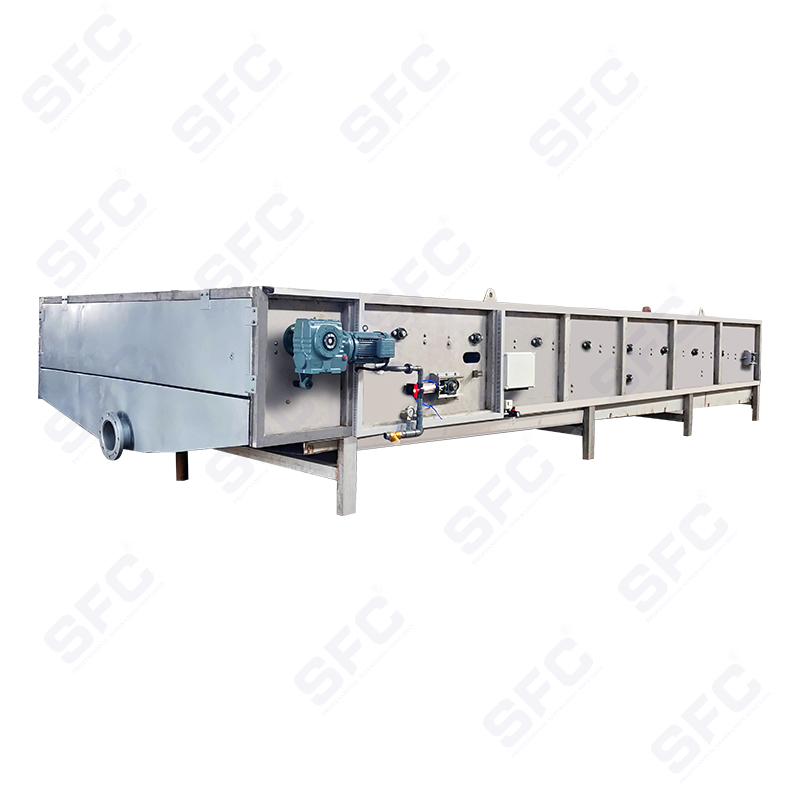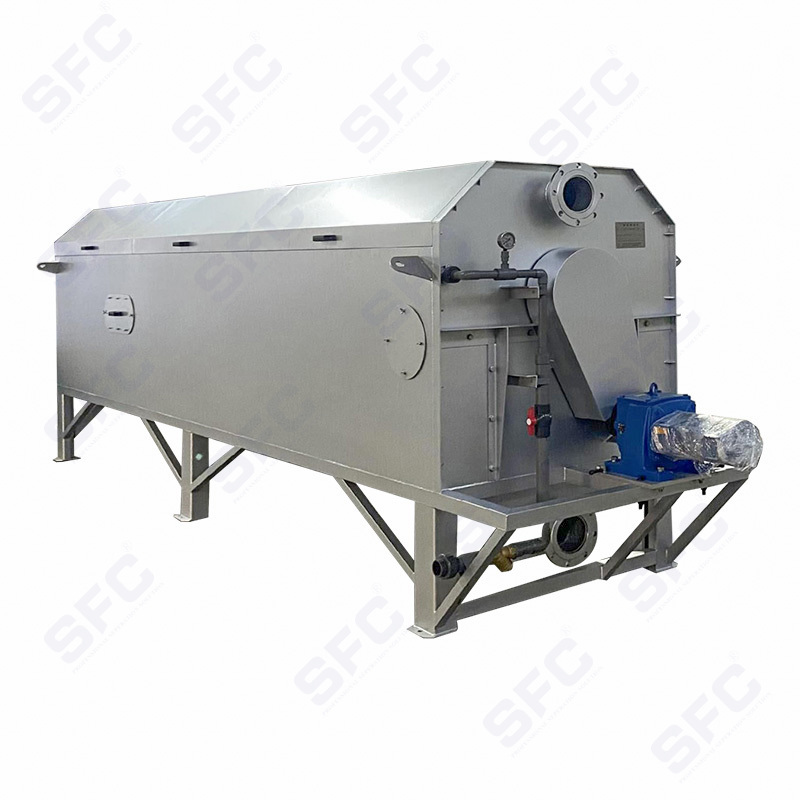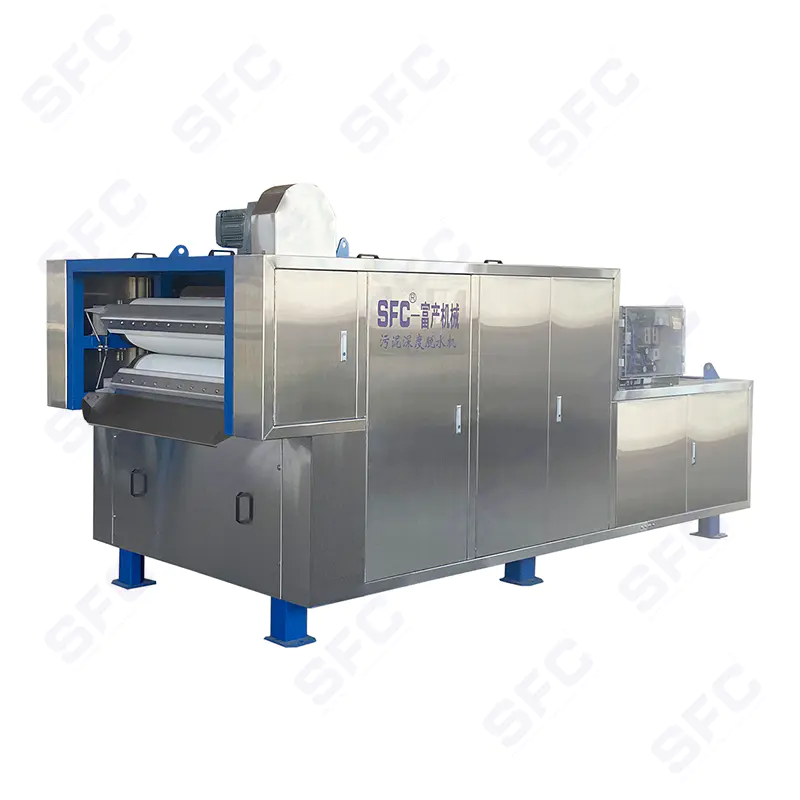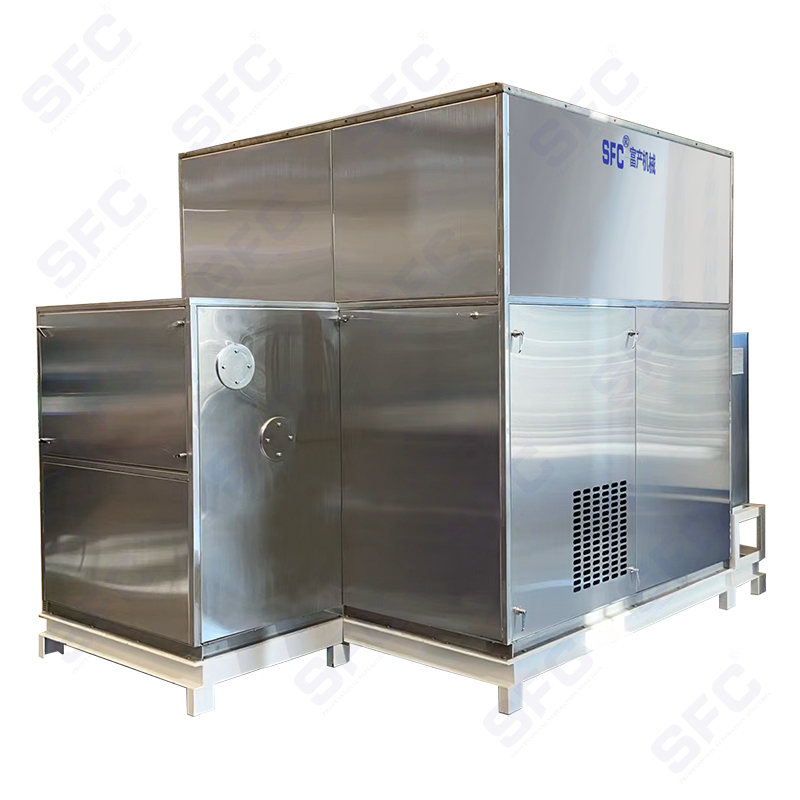How Efficient Are High-Pressure Deep Sludge Dewatering Machines in Reducing Sludge Volume?
Introduction to High-Pressure Deep Sludge Dewatering Machines
High-pressure deep sludge dewatering machines are essential equipment in wastewater treatment processes, especially in industries dealing with large volumes of sludge. These machines are designed to remove excess water from sludge, thus reducing its volume and making it easier to handle, transport, and dispose of. By applying high pressure, they achieve greater moisture removal than traditional dewatering methods, which is crucial for improving operational efficiency and environmental sustainability.
What Is a High-Pressure Deep Sludge Dewatering Machine?
A high-pressure deep sludge dewatering machine works by applying intense pressure to sludge to extract water. The high pressure forces water out of the sludge through filters, leaving behind a solid mass that has significantly reduced moisture content. These machines are commonly used in industries such as wastewater treatment, food processing, paper manufacturing, and mining, where managing large volumes of sludge is a significant challenge.
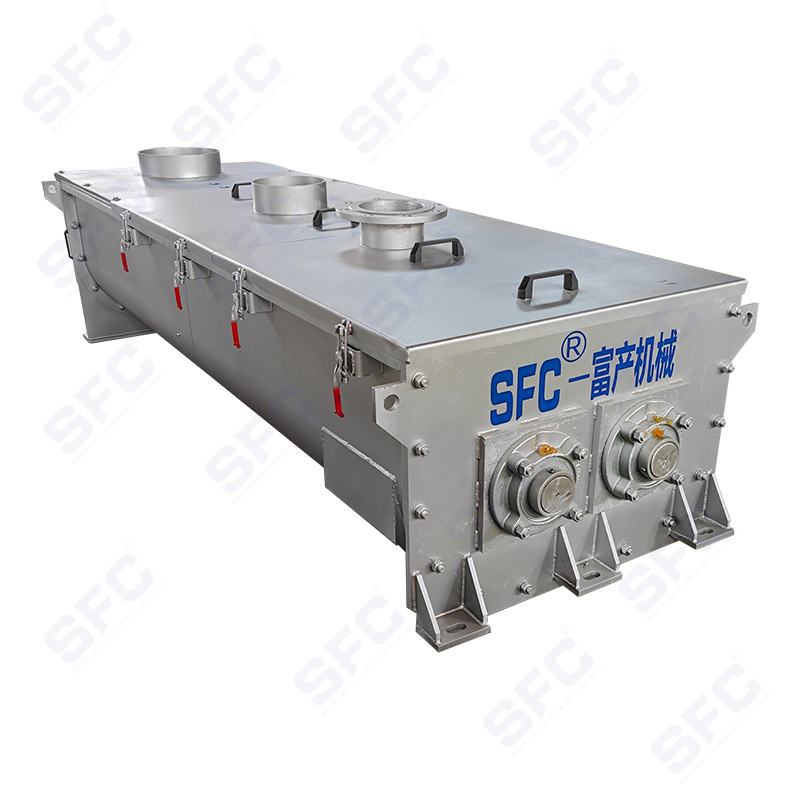
Components of a High-Pressure Deep Sludge Dewatering Machine
The typical components of these machines include:
- Hydraulic system for generating high pressure
- Filter press or centrifuge for separating water from sludge
- Sludge conveyor or hopper for handling solid sludge
- Control system for monitoring and adjusting pressure levels
How High-Pressure Deep Sludge Dewatering Machines Work
The process begins with the sludge being fed into the machine, typically through a screw conveyor or a hopper. Once inside, high pressure is applied using a hydraulic pump or a pressurized chamber. The force of the pressure pushes water out of the sludge through a filtration system, which could be a filter press or a centrifuge. The water is separated and collected in a designated tank, while the dry sludge is discharged for further processing or disposal.
Benefits of Using High-Pressure Dewatering
The efficiency of these machines is primarily due to the following benefits:
- Higher Efficiency: High-pressure systems are capable of removing more water compared to traditional dewatering methods, leading to a much higher sludge dryness level.
- Reduced Sludge Volume: By reducing the moisture content, the volume of the sludge is significantly reduced, making it easier to handle, transport, and dispose of.
- Lower Disposal Costs: Less volume means less space required for storage and transportation, leading to reduced disposal costs and a lower environmental impact.
- Improved Environment: The reduction of moisture in the sludge helps reduce odors and bacterial growth, improving workplace safety and the surrounding environment.
How Efficient Are High-Pressure Machines in Sludge Volume Reduction?
The efficiency of high-pressure deep sludge dewatering machines in reducing sludge volume can be measured by the percentage of moisture removed during the process. The typical performance of these machines allows for the reduction of moisture content to as low as 30-40%, depending on the type of sludge and the machine's design. Traditional methods, such as gravity drainage or centrifuges, typically achieve moisture contents of around 50-60%. Therefore, high-pressure machines can reduce sludge volume by up to 50%, leading to significant operational cost savings and a decrease in environmental waste.
Factors Affecting Efficiency
Several factors can affect the efficiency of high-pressure deep sludge dewatering machines, including:
- Sludge Characteristics: The composition and viscosity of the sludge play a crucial role in determining how much water can be removed.
- Pressure Applied: The pressure applied during the dewatering process is a key determinant of efficiency. Higher pressure typically results in a drier sludge.
- Filtration System: The design and condition of the filtration system affect how effectively water is separated from the sludge.
Comparing High-Pressure Dewatering Machines with Other Methods
When compared to other sludge dewatering methods, such as belt presses or centrifuges, high-pressure deep sludge dewatering machines offer several advantages:
| Method | Water Removal Efficiency | Sludge Volume Reduction | Maintenance Cost |
| High-Pressure Dewatering | High (Up to 70%) | High (Up to 50%) | Moderate |
| Belt Press | Moderate (50%) | Moderate | High |
| Centrifuge | High (Up to 70%) | High | High |
Conclusion: The Efficiency of High-Pressure Sludge Dewatering Machines
In summary, high-pressure deep sludge dewatering machines are highly efficient tools in reducing sludge volume by extracting water from the sludge, making them invaluable in industries where waste management is a key concern. The ability to reduce moisture content significantly enhances operational efficiency, lowers disposal costs, and promotes environmental sustainability. While the upfront investment and maintenance may be higher compared to other methods, the long-term benefits in terms of volume reduction and cost savings make them a preferred choice for many industries.



 English
English Español
Español
